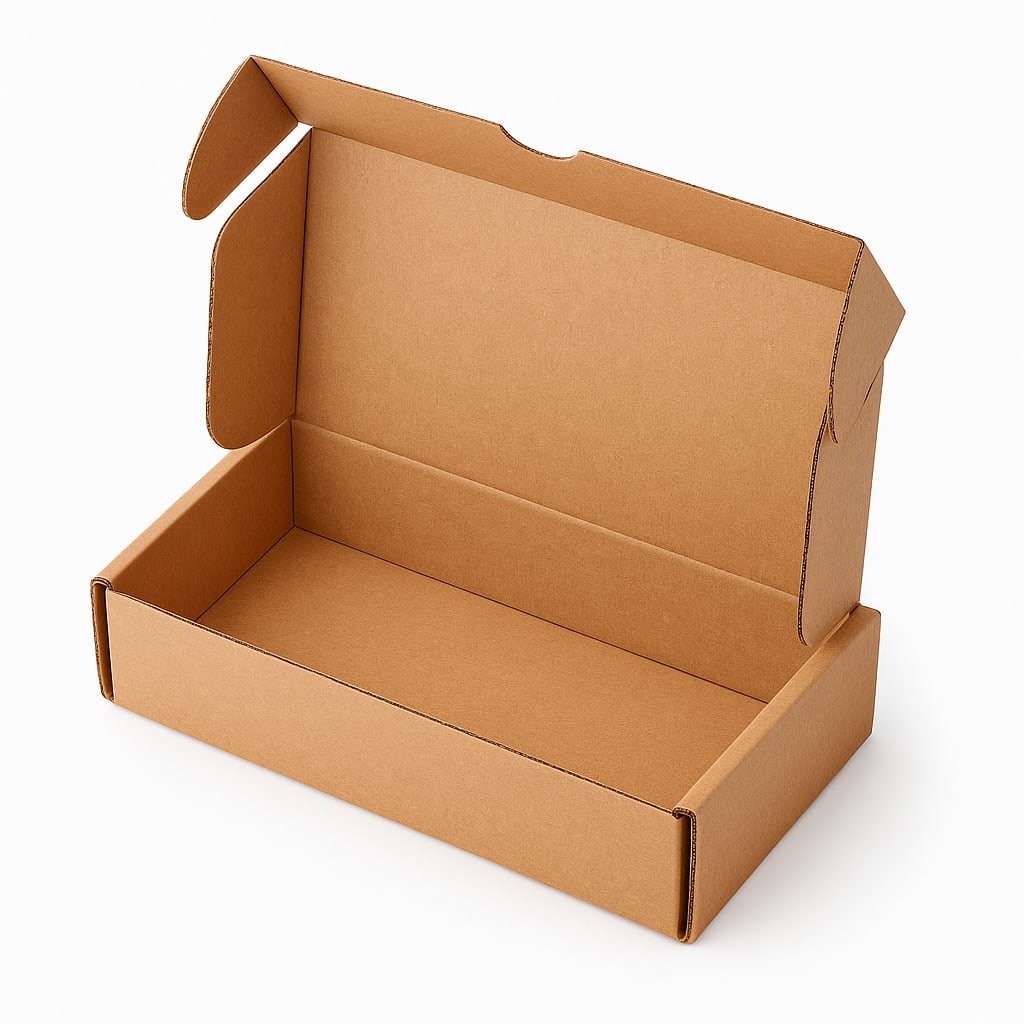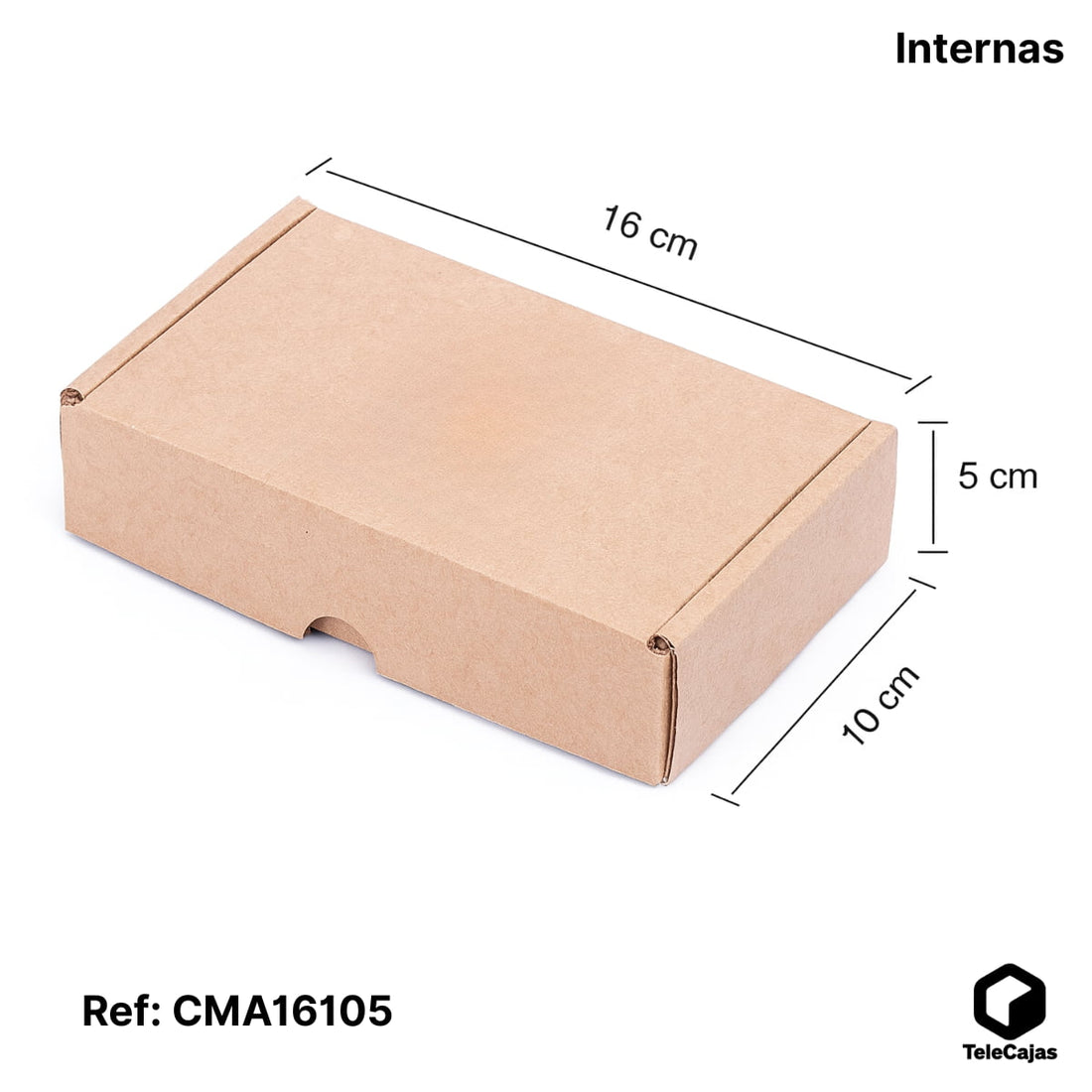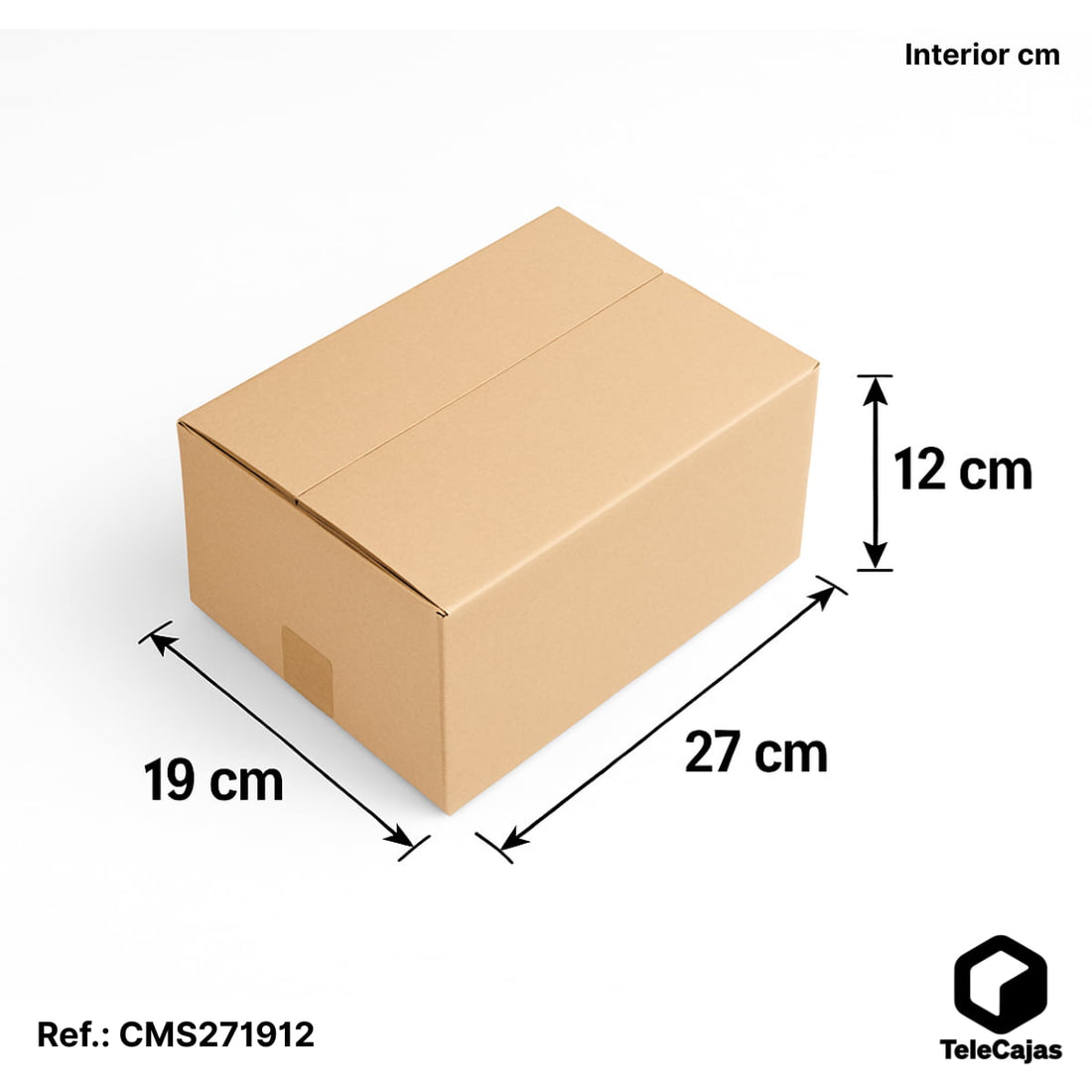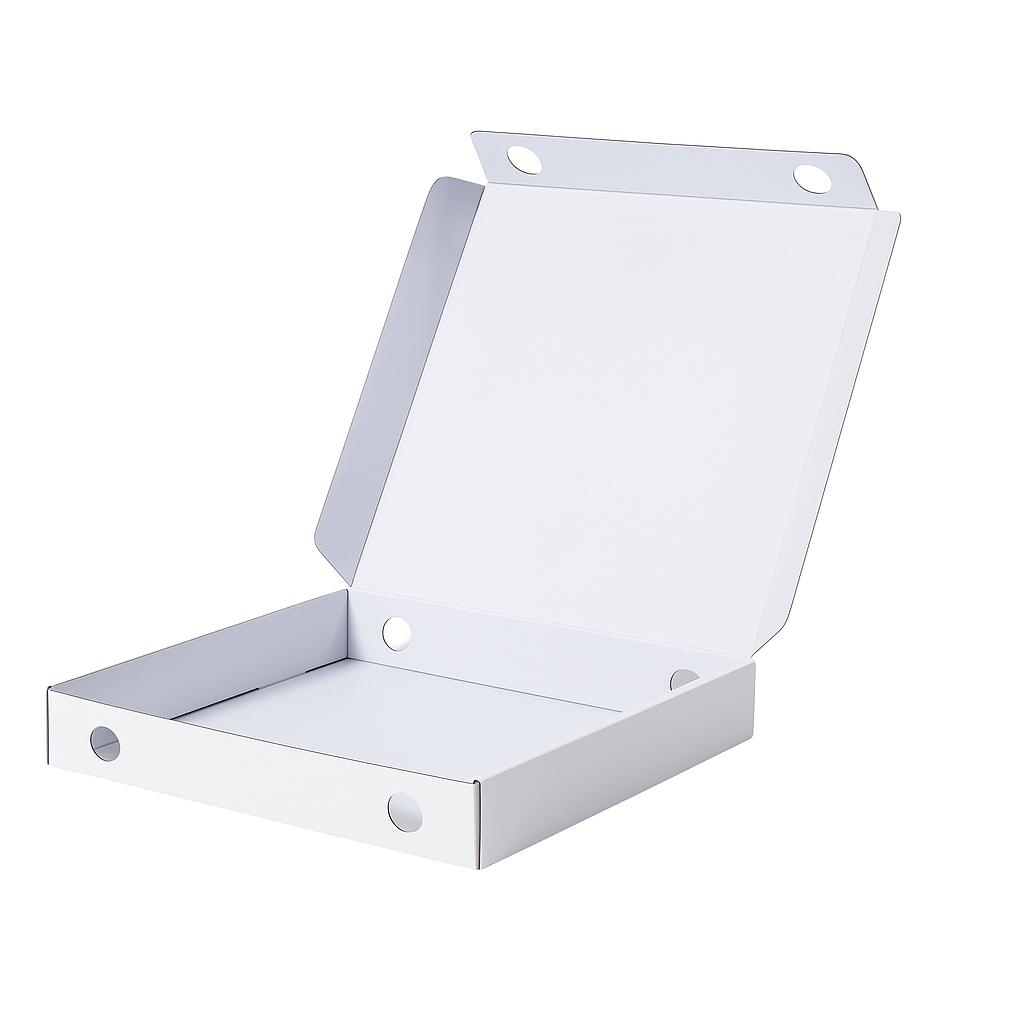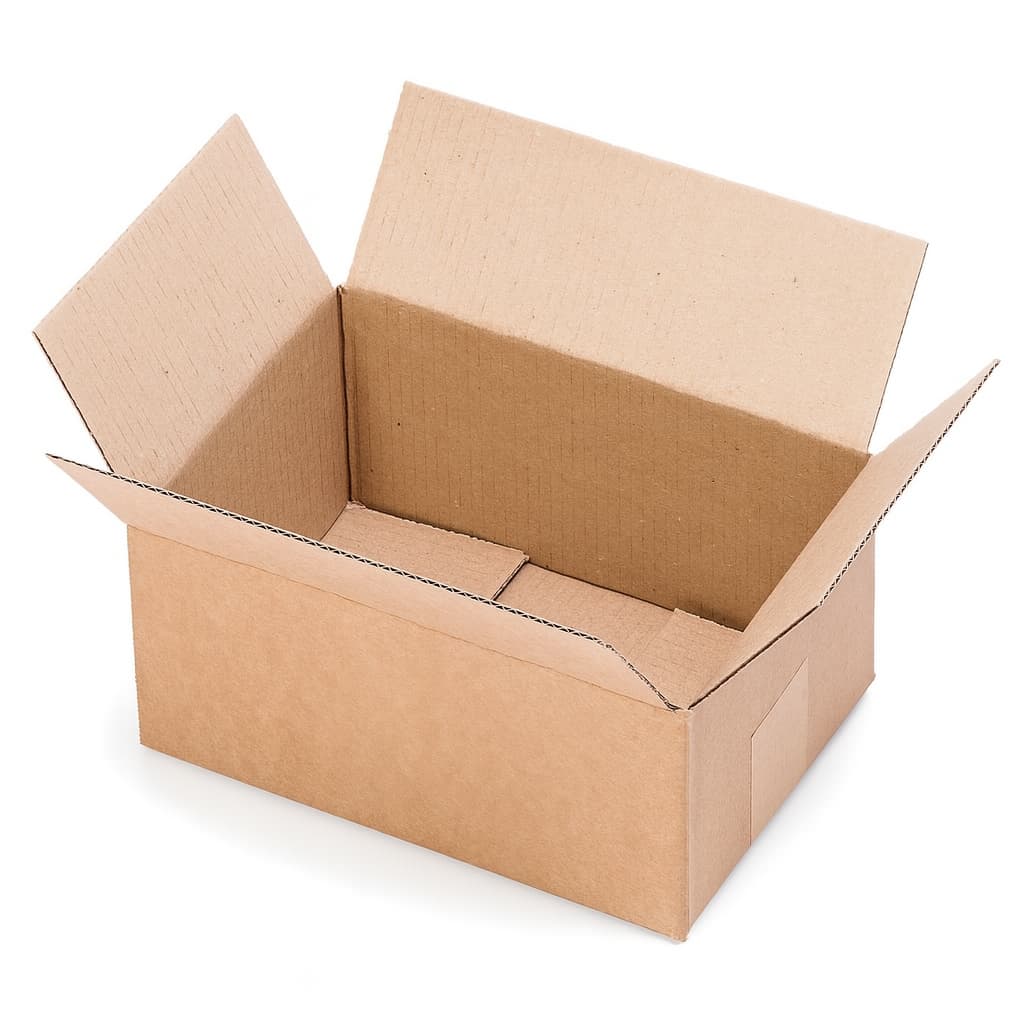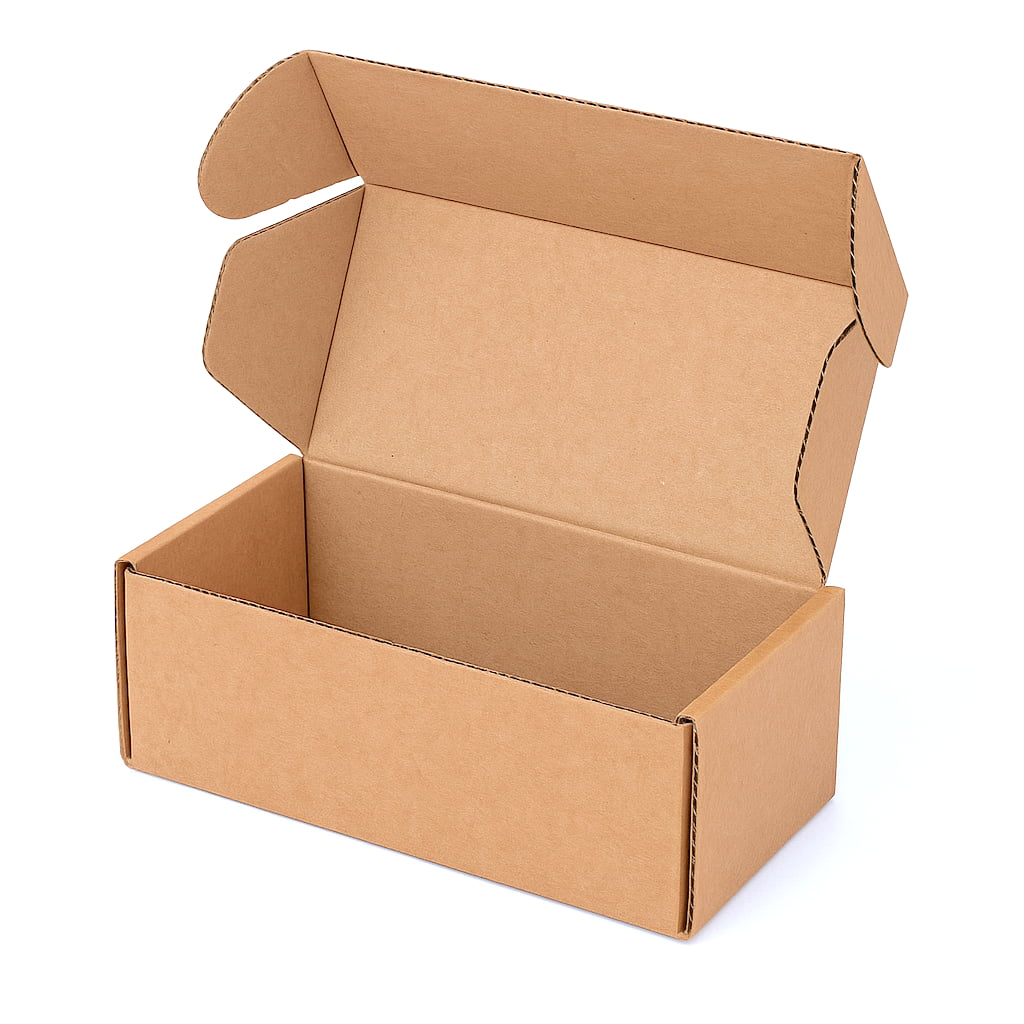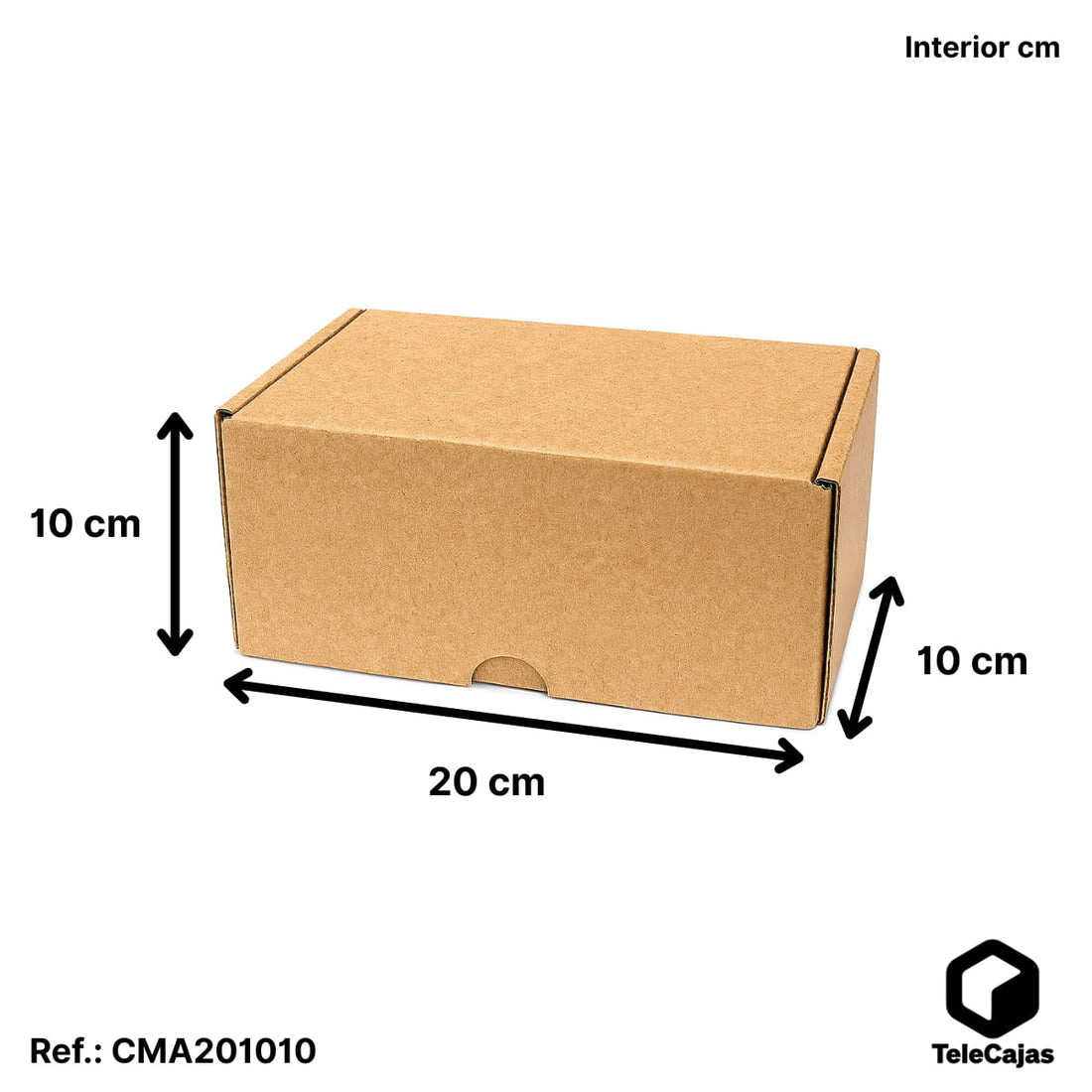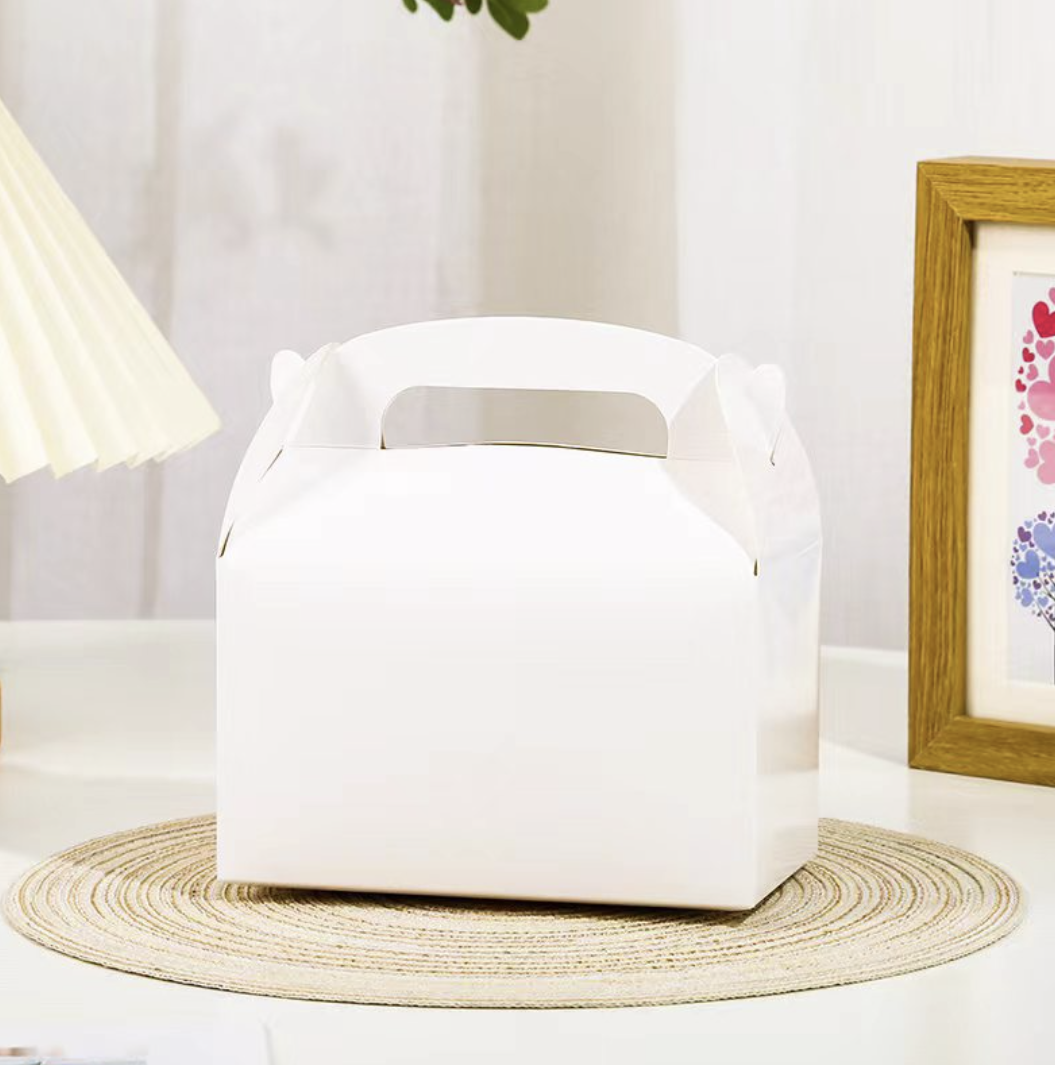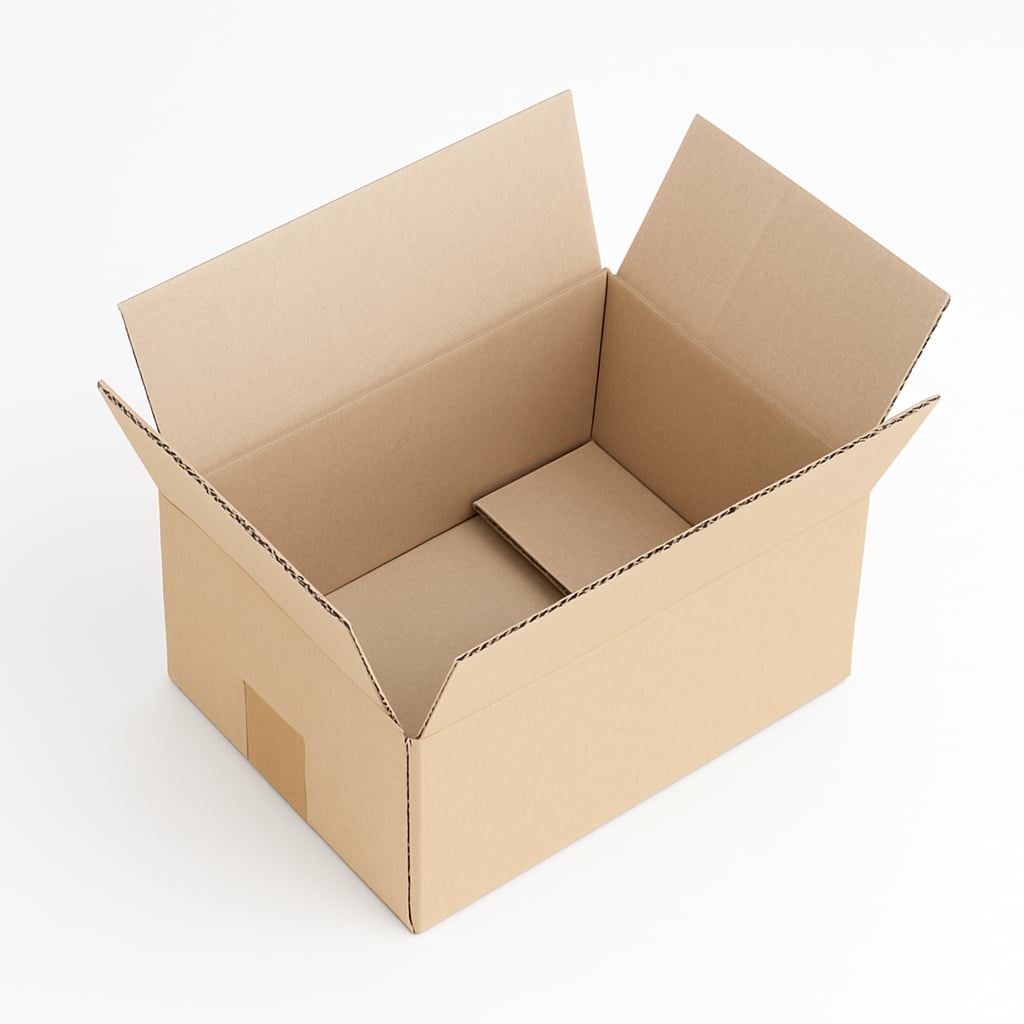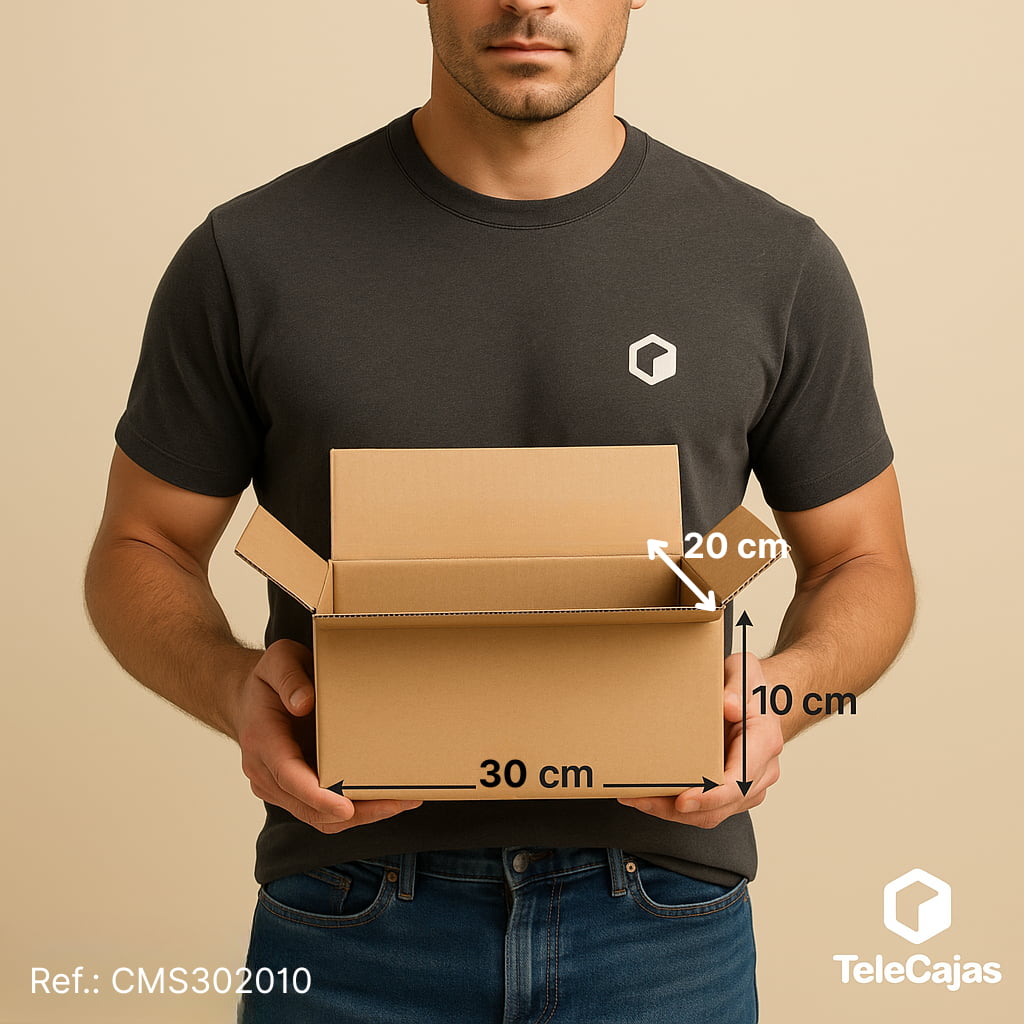Moving house while pregnant is possible if you prioritize your health and plan the process calmly. In this guide, you'll find 12 tips for moving during pregnancy that will help you reduce physical exertion, delegate tasks you shouldn't do, and arrive at your new home feeling relaxed.
1. Be patient and plan in phases
Moving is a demanding process; take it easy. Divide tasks into phases ( choosing your moving package , decluttering, sorting, packing by room, labeling, moving, unpacking) and proceed at a sustainable pace. It's better to do it one step at a time than to make an intense effort that leaves you exhausted.
- Block out short sessions (45–60 min) in your calendar with breaks in between.
- Start with what you use least and leave the essentials for last.
- Label boxes with room and priority (high/medium/low).
2. Get comfortable: wear clothes and shoes that make it easy to move around
Wear loose, breathable clothing that allows freedom of movement. Wear closed, stable shoes to avoid slipping, and tie back your hair if it bothers you. Moving during pregnancy is much easier when you feel comfortable and confident.
- Avoid slippery soles and clothing that makes you hot or restricts you.
- Keep a light jacket handy in case the temperature changes or drafts pick up.
3. Prioritize your health and the baby's (don't lift heavy objects)
While you can help with many tasks, don't carry boxes or move furniture . Direct, organize, and delegate anything that requires physical effort. Remember: the boxes can wait; your well-being and the baby's come first.
- Reserve safe tasks: sorting, labeling, coordinating, opening/arranging lightweight boxes.
- If you don't have help, consider hiring a moving company for the heavy load.
- If you experience dizziness, fatigue, or pain: stop, rest, and hydrate.
Note: Always consult your healthcare professional if you have any questions about exertion or symptoms.
4. Rely on family or professional help
You're pregnant, not sick, but there are tasks you shouldn't do. Ask for help with lifting and moving. If you don't have anyone nearby to help, consider hiring a moving company for heavy items and logistics.
- Delegate lifting boxes, moving furniture, and going up/down stairs.
- Reserve light tasks for yourself: sorting, labeling, coordinating.

5. Rest regularly and listen to your body
Both during the preparation and on the day of the move, schedule frequent breaks. If you notice fatigue, dizziness, or discomfort, stop immediately and resume when you feel well enough.
- Use reminders every 45–60 minutes to take breaks.
- Have a quiet place available to sit or lie down.
6. Stay hydrated and eat light to maintain energy
Take advantage of breaks to drink water and have healthy snacks. Staying hydrated will make moving during pregnancy much easier.
- Water, fruit, nuts or yogurt as quick snacks.
- Avoid going many hours without eating.
7. Move around and change position to activate circulation
If you spend a lot of time in the same position, change position and walk around for a few minutes. In later stages of pregnancy, your legs and feet may swell: gentle movement helps.
- Alternate between sitting and briefly walking around the house.
- Elevate your legs during breaks if needed.
8. Keep your mobile phone handy at all times for emergencies and notes
Keep your phone in your pocket or hanging around your neck so you can call for help if you feel dizzy or need to stop. You can also use it to jot down tasks (donations, canceling services, defrosting the refrigerator).
9. Check the hospital bag and pregnancy papers
Don't lose sight of them or put them in stacked boxes. Leave your suitcase and documents in a visible and easily accessible place in case of any unforeseen circumstances.
- Label the suitcase as “ Immediate Access ”.
- Includes health card, documents and basic supplies for 24–48 hours.
10. Direct and organize: you decide, others carry the load
Coordinate with family, friends, or professionals, indicating where each box should go. Label each box with the room name and fragility, and prioritize items requiring the most care.
- Use colored markers for “fragile”, “high priority”, “low priority”.
- Take photos of the installations (cables/plugs) before dismantling.

11. Avoid stairs and unstable heights, especially if you are alone.
Although it may seem like a small height, the risk increases during pregnancy. If you need to reach something high, ask for help or use safe tools (never makeshift chairs).
12. Take the “nesting syndrome” in stride
It's normal to want everything to be perfect, but don't put too much pressure on yourself. You'll get there safely, and the tidying up will come later. What's important is your well-being and the baby's.
Frequently asked questions about moving during pregnancy
Is it safe to move while pregnant?
Yes, with planning, rest, and avoiding strenuous activity like heavy lifting. If you experience any symptoms or have any concerns, consult your healthcare professional.
What should a pregnant woman not do during a move?
Avoid carrying boxes or moving furniture, climbing to unstable heights, and spending many hours without resting, eating, or hydrating.
When is the best time to move during pregnancy?
It depends on each case. Many families prefer the second trimester because of the increased energy. If it's the third trimester, plan extra breaks and delegate more tasks.
How to organize the boxes to make it easier upon arrival?
Label by room and priority, use color codes and prepare a "first night box" with essentials so you don't have to search.
Quick checklist for moving while pregnant
- Phased plan with scheduled breaks
- Comfortable and safe clothing and footwear
- Delegate load and height; you coordinate
- Hydration and snacks on hand
- Move and change posture
- Mobile phone accessible for emergencies and notes
- Hospital bag and documents located
- Boxes labeled by room and priority
- Avoid stairs/unstable heights






